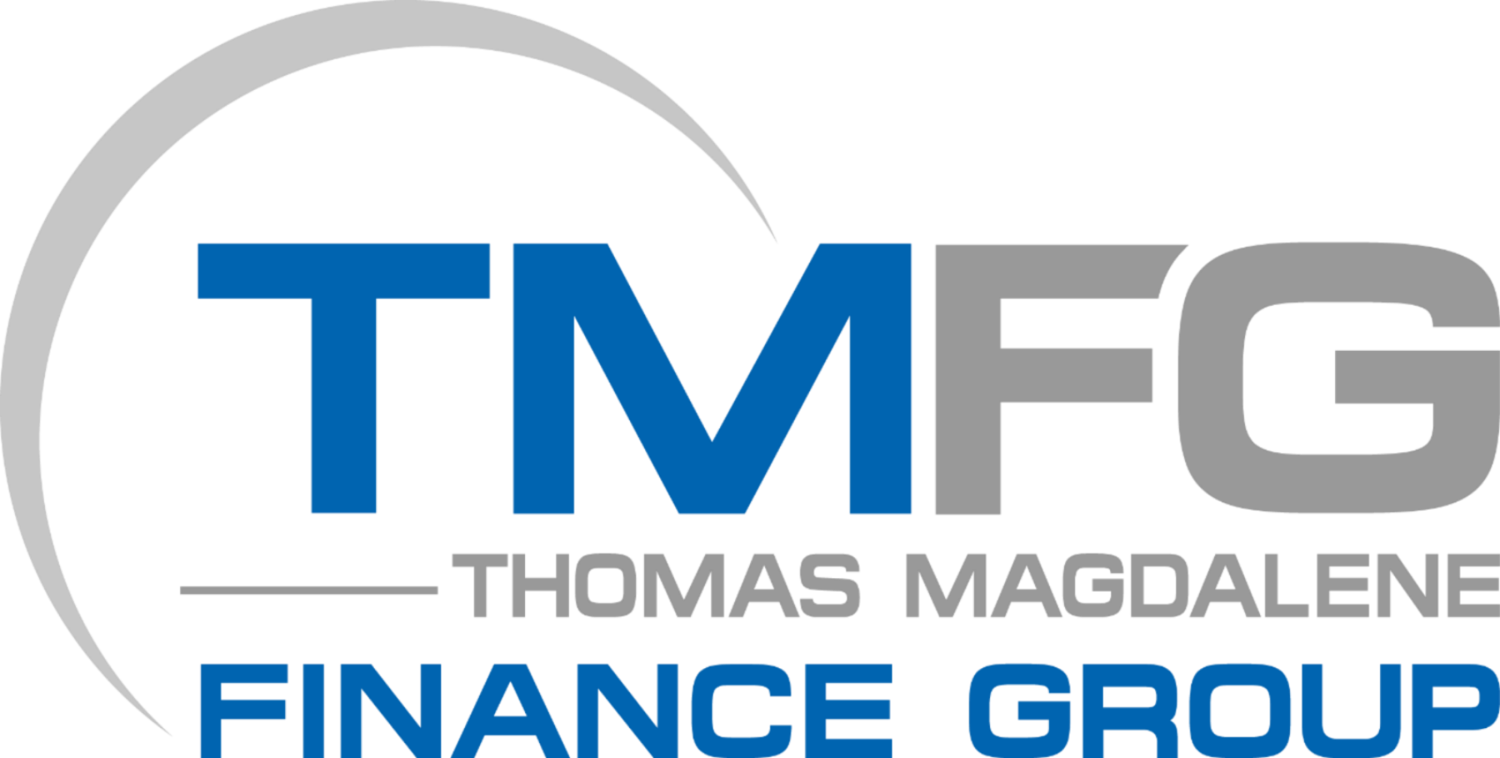There’s no place like (your own) home, there’s no time like now!!
Start saving now! Here’s how…
A year of financial uncertainty has encouraged so many people to save money and invest to grow their wealth. I’ve personally noticed a massive shift (particularly from first home buyers) to become more conscious of what you’re spending and what you’re putting away. With a recession looming and the global uncertainty that was served to us in 2020, and continues today, even those that didn’t have property ownership, or investment in their sights previously, are now more actively seeking ways to grow wealth.
Property prices are being pushed to new highs however, by cashed-up buyers armed with ample deposits, increased borrowing power and boosted by record-low interest rates.
So where does that leave those on the outer?
How can you possibly compete, you ask?
Save! Save! Save!
Don’t let the creeping prices put you off. In fact, “now” has always been a great time to enter the market. And saving money is the most effective way of boosting your chances. All is not lost. Putting more money into a deposit can really shift your capabilities, and it literally costs you nothing to try!
So, what are some of the practical ways you can save or boost your borrowing power, starting today?
1. Do a budget
Know exactly how much you earn and how much you spend. Sounds arbitrary, but you’d be surprised how many people still don’t know how, or don’t bother to create budgets for themselves or their households. Even though it’s the number one way track your money and *save* it from falling away.
2. Track your spending.
What are your monthly/weekly/daily living expenses? List them. List them all! And then be honest with yourself. Where can you save? Do you really need takeaway 3 times a week? And can you go without that croissant with your latte every day? Maybe you can even go without the latte. Do you have to go without though? Maybe there are other places you can save. The only way to find out is to track all your spending.
3. Credit be gone.
Credit Cards impact your borrowing power. Full stop. Not only are they draining your money––usually without you even realising it, they don’t look good to lenders. Consider closing any credit cards and easy pay solutions that you don’t need or aren’t using. And while you’re there, stay away from Afterpay and other easy-buy options.
4. Do a spending deep dive.
Where can you save? Sometimes your biggest money drains are right in front of your face, literally. Need Netflix and Stan and Binge? Think about how much you could save if you took 2 of them away. Every little bit counts when you’re saving. Give yourself an audit. Start with subscriptions, then look into food, insurance policies, utilities, transport. Place all these items in a monthly budget. Again, go deep, find every single dollar you’re spending on each item and review it. Reviewing each stream regularly can help you save big dollars.
5. Pay yourself first.
By having the mindset that all the money you earn is *yours*, you can really get away from saving. Rather, you need to understand every cent is accounted for. And if there’s any left over after your budget has been met, that is your savings. Not yours. Your savings. It belongs in your savings account, and the best way to ensure it stays there, is by banking your savings first and then forgetting about it. And bank it on payday.
6. Invest your savings.
It should go without saying now, but keep your savings separate from your regular banking. Open an investment account if that helps. And don’t be tempted to spend and transfer monies because you want something! You want a HOME! That’s your every-goal now.
Follow these simple saving tips and you’ll be on the road to home deposit recovery in no time. Don’t forget to budget for small rewards for yourself also, it’s hard to go without any joy, especially during these hard times. But make sure it’s tracked and in your budget. And, as for every other dollar, SAVE SAVE SAVE!! You’ll be in your own home in no time.
Where can you find out more?
Start with https://moneysmart.gov.au/


